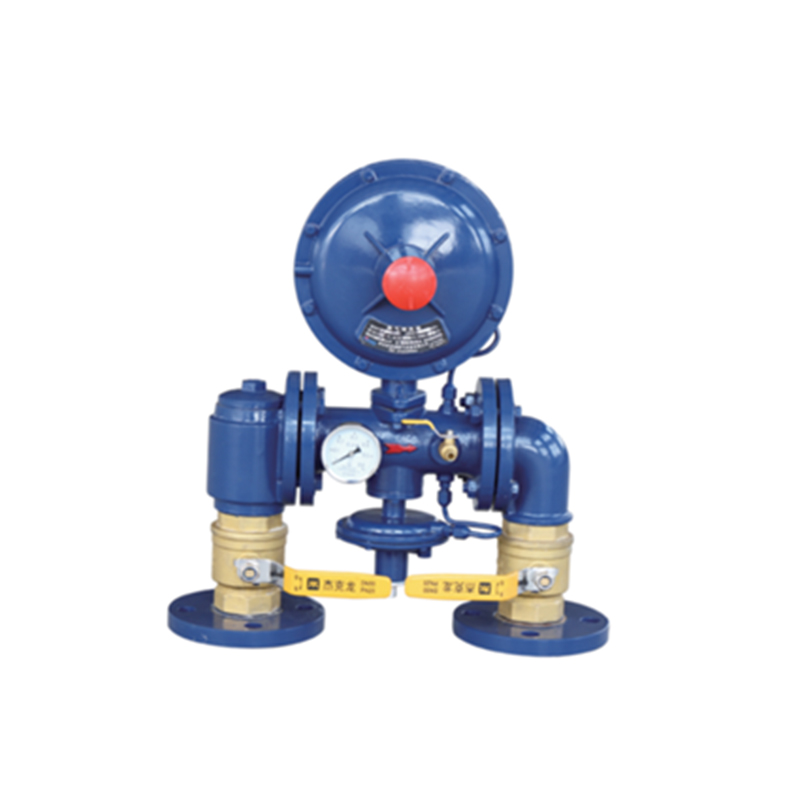
Nov . 15, 2024 19:12
Back to list
natural gas pressure reducing valve
Understanding Natural Gas Pressure Reducing Valves
Natural gas is a vital energy source used for heating, cooking, and powering various appliances in homes and industries worldwide. However, natural gas is often distributed in high-pressure pipelines, which can be hazardous if not properly regulated. This is where pressure reducing valves (PRVs) come into play. These devices are essential in ensuring the safe and efficient usage of natural gas in residential and commercial applications. In this article, we will explore the fundamental principles, functions, and importance of natural gas pressure reducing valves.
What is a Pressure Reducing Valve?
A pressure reducing valve is a mechanical device designed to decrease the incoming high pressure of natural gas to a lower, more manageable output pressure, safe for consumption by end-users. This process is crucial to prevent potential risks such as gas leaks, explosion hazards, and equipment damage due to excessive pressure. PRVs are typically installed at various points in the gas supply system, including at the service entrance of a building and within specific appliances like boilers and ovens.
How Does a Pressure Reducing Valve Work?
The operation of a pressure reducing valve is based on simple mechanics and fluid dynamics. At its core, the PRV consists of an inlet port, an outlet port, a diaphragm, and a spring. When high-pressure gas enters the valve, it exerts force on the diaphragm. The diaphragm, which is connected to the spring, moves in response to this force. As the diaphragm moves, it adjusts the position of a valve seat, effectively controlling the gas flow from the inlet to the outlet.
The spring tension determines the output pressure level. If the downstream pressure drops below the desired setpoint, the diaphragm moves to allow more gas to flow through the outlet, thereby raising the pressure. Conversely, if the downstream pressure exceeds the setpoint, the diaphragm closes off the flow. This dynamic process ensures that the pressure remains constant despite fluctuations in the gas supply or demand.
Importance of Pressure Reducing Valves
natural gas pressure reducing valve

1. Safety The primary purpose of PRVs is to enhance safety. By reducing high-pressure gas to a level that is safe for use, they mitigate risks related to gas explosions and leaks. An unregulated gas pressure can lead to catastrophic failures in appliances and infrastructure.
2. Efficiency Pressure reducing valves optimize the performance of gas appliances and systems. Many appliances operate more effectively at lower pressures, leading to improved efficiency, reduced energy consumption, and lower utility bills.
3. Protection of Equipment High pressure can cause undue stress on gas appliances and systems, leading to wear and tear or even failures. By ensuring that the gas delivered is at the correct pressure, PRVs extend the lifespan of appliances and reduce maintenance costs.
4. Regulatory Compliance Many regions have stringent regulations regarding gas pressure in residential and commercial settings. Installing PRVs ensures compliance with these regulations, minimizing legal and financial repercussions.
5. Variety of Applications Pressure reducing valves are used in a variety of applications beyond just residential use. They are essential in industrial processes, large heating systems, and gas distribution networks, ensuring that all gas-consuming devices receive the proper pressure.
Conclusion
Natural gas pressure reducing valves are critical components of gas distribution systems, ensuring the safe and efficient use of natural gas. Their ability to automatically regulate pressure enhances safety, optimizes energy consumption, protects equipment, and ensures compliance with safety regulations. As technology advances, PRVs continue to evolve, incorporating features such as remote monitoring and smart technology to enhance their functionality and reliability. In summary, understanding the role and importance of pressure reducing valves is essential for anyone involved in the management or usage of natural gas in any capacity. Safe, efficient, and reliable gas usage begins with effective pressure regulation.
Latest news
-
Safety Valve Spring-Loaded Design Overpressure ProtectionNewsJul.25,2025
-
Precision Voltage Regulator AC5 Accuracy Grade PerformanceNewsJul.25,2025
-
Natural Gas Pressure Regulating Skid Industrial Pipeline ApplicationsNewsJul.25,2025
-
Natural Gas Filter Stainless Steel Mesh Element DesignNewsJul.25,2025
-
Gas Pressure Regulator Valve Direct-Acting Spring-Loaded DesignNewsJul.25,2025
-
Decompression Equipment Multi-Stage Heat Exchange System DesignNewsJul.25,2025

